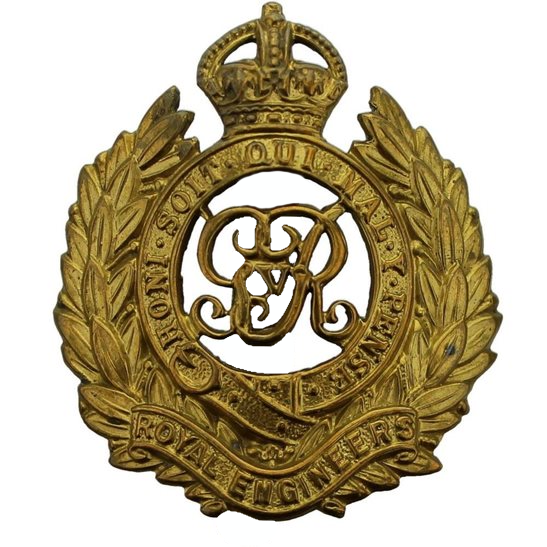Personal Details
Born: 26 May 1883 in Lilleshall, Shropshire and was baptised on 24 June the same year in Lilleshall Parish Church.
Family: He was the oldest of three children born to George Jones, a gardener, and his wife Eliza. He married Caroline Anne Rees on 1 May 1909 in Builth, Breconshire, Wales and was father to Lilian and Josephine.
Residence: At the time of his baptism the family was living in Lilleshall. In 1891 the family was living at 17 Lutton View, Meole Brace, Shrewsbury, Shropshire. In 1901 they were living at 87 Tedsmore Bank, West Felton, Oswestry, Shropshire. In 1911 he was living at Hanmer, near Whitchurch, Shropshire and in 1916 he was living at 39 Worthington Street, Whitchurch. At the time of his death he was living at 1 Hollymount, Shavington, near Crewe, Cheshire.
Employment: In 1901 he was a grocer’s porter; in 1911 he was a domestic footman. When he enlisted he indicated his occupation as chauffeur and in 1939 he was a motor driver.
Died: 31 July 1958 at the Promenade Hospital, Southport, Lancashire, aged 72.
Military Details
Regiment: Royal Engineers
Rank: Driver
Service Number: 194893
Date of Enlistment: 10 May 1916
Date of Discharge: 22 February 1919
Reason for Discharge: Demobilisation
George was awarded the Campaign Medals (British War medal and Victory medal)

The British War Medal (also known as 'Squeak') was a silver or bronze medal awarded to officers and men of the British and Imperial Forces who either entered a theatre of war or entered service overseas between 5th August 1914 and 11th November 1918 inclusive. This was later extended to services in Russia, Siberia and some other areas in 1919 and 1920. Approximately 6.5 million British War Medals were issued. Approximately 6.4 million of these were the silver versions of this medal. Around 110,000 of a bronze version were issued mainly to Chinese, Maltese and Indian Labour Corps. The front (obv or obverse) of the medal depicts the head of George V. The recipient's service number, rank, name and unit was impressed on the rim.
The Allied Victory Medal (also known as 'Wilfred') was issued by each of the allies. It was decided that each of the allies should each issue their own bronze victory medal with a similar design, similar equivalent wording and identical ribbon. The British medal was designed by W. McMillan. The front depicts a winged classical figure representing victory. Approximately 5.7 million victory medals were issued. Interestingly, eligibility for this medal was more restrictive and not everyone who received the British War Medal ('Squeak') also received the Victory Medal ('Wilfred'). However, in general, all recipients of 'Wilfred' also received 'Squeak' and all recipients of The 1914 Star or The 1914/1915 Star (also known as 'Pip') also received both 'Squeak' and 'Wilfred'. The recipient's service number, rank, name and unit was impressed on the rim.

